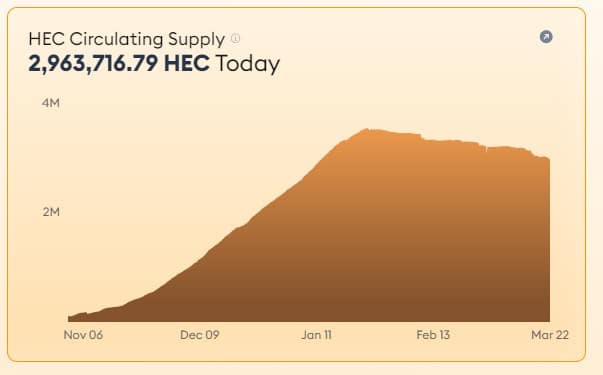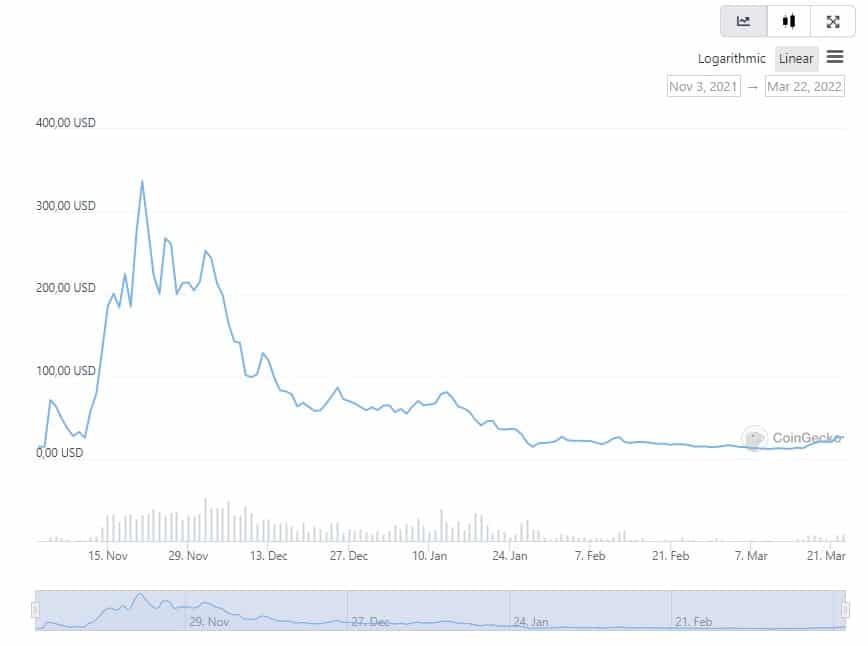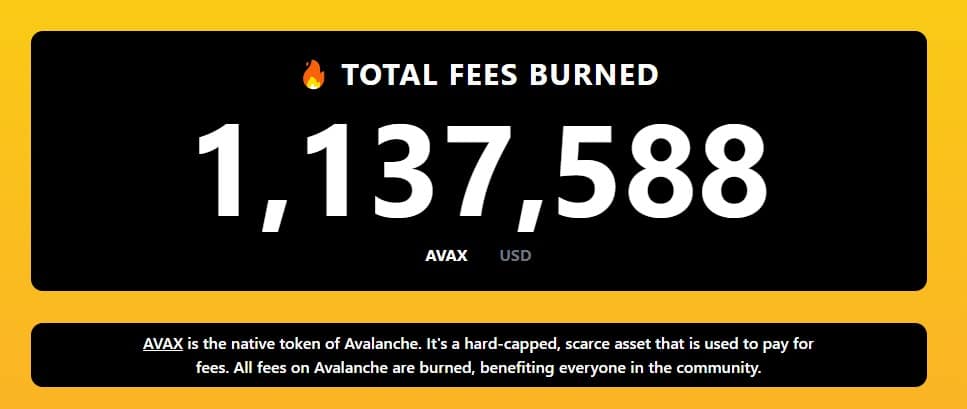If you have paid attention to what is going on in the world of cryptocurrencies for a while, then you have for sure heard of expressions such as inflation and deflation. The truth is, you don’t need to look to the world of cryptocurrencies to meet such expressions, it is enough to study the financial world and world currencies as we know them today.
When I was a kid, I always thought the easiest thing in the world would be to print more money. Wouldn’t that solve everything? If you just gave everyone more money, then everyone could buy everything, and nobody would starve and suffer. But, slowly I understood that things are more complicated. Because at the moment everyone gets a lot of money, they will all start to spend their money, and since resources are limited, the prices will increase. But, the thought of just printing more money is all about inflation. An inflationary currency is a currency that is printing more money that is being removed. The opposite is a deflationary currency in which more of the currency is removed than what is printed.
If you think of oil, it is a deflationary “currency”, because whenever the oil is removed from the desert or from the bottom of the oceans, it is removed and will never return. In other words, it is deflationary and it is becoming more and more scarce, thus causing the price to increase.
But, if you think of the US Dollar, then you can see the opposite. As more is printed, the value of each and every dollar is becoming less worth. What does that mean?
Above you can see some statistics for the price of bread. As you can see, the price of the bread has increased over time, but even more important, it has increased way faster than the salaries of the laborers.
In other words, you might be happy about a salary increase, but if the value of your money is worth less, you might end up poorer than before in spite of your salary increase.
The value of a deflationary cryptocurrency
Now let us return to the world of cryptocurrencies to understand more about the important words such as total supply, circulating supply, max supply, and then also take words such as inflation and deflation into consideration.
If you have followed our rebase token experiment, you probably know that the rebase tokens were greatly inflationary tokens. Some of them operated with APYs above 100,000% and this caused a giant pressure on the price as people sold and sold. It worked in times of hype, but once the hype disappeared, the prices dropped (a lot).
Ethereum has with its recent upgrades started to burn a lot of ETH every single day (fees from the transactions on the blockchain). Ethereum doesn’t have a max supply, but they are still aiming at keeping the circulating supply low. So, what has happened with the emissions of ETH? After all, if more ETH is handed out to miners than what is burned, then it is still an inflationary currency.
Total Ethereum supply – will it soon become a deflationary currency?
Above you can see a chart showing the total Ethereum supply since its origin. As you can see, the number is increasing, but if we look at the numbers, we can discover a few things.
| February | August | |
| 2015 | 72,000,000 | |
| 2016 | 77,000,000 | 82,500,000 |
| 2017 | 88,450,000 | 93,700,000 |
| 2018 | 97,300,000 | 101,000,000 |
| 2019 | 104,550,000 | 107,000,000 |
| 2020 | 109,200,000 | 111,675,000 |
| 2021 | 114,000,000 | 116,630,000 |
| 2022 | 119,000,000 |
If you look at the numbers above, you can see that between August 2015 and August 2016, more than 11,500,000 ETH tokens were added to the market. That is almost 15% inflation in one year. If you then compare the numbers between February 2021 and February 2022, you can see that the new tokens added were approximately 5,000,000 tokens. If you take a look at this in percentage, the number is a little bit above 4%. As you can see, the emission of Ethereum tokens onto the market has greatly increased, and even though it might not be deflationary yet, it is certainly moving in that direction.
Has HEC (Hector Finance) turned deflationary?
I mentioned our rebase token experiment earlier in the article, and one of the leading rebase tokens is HectorFinance. But, they have changed a lot about their concept, and if you take a look at the image below, you can see that they have actually managed to decrease the circulating supply of HEC tokens on the market in recent months.
This is just one crazy curve. The project launched in November 2021 with approximately 100,000 HEC tokens. This turned into more than 3,500,000 tokens during the “peak” at the end of January 2022. You will not be surprised to discover that the HEC price was dumping like all the other rebase tokens during the same period.
But, then HectorFinance changed the emission percentage (there is currently a 200% APY if you stake the HEC token), but at the same time, they have launched the TOR stablecoin. Whenever you mint TOR, HEC is bought off the market and burned, and this has actually managed to make the number of HEC tokens decrease in the last 50 days (as you can see above). It took a little while for the market to notice this, but if you see the chart below, you can see that in the last few days, the price has increased from $12 to a current level of around $25.
In other words, the number of HEC tokens available is moving in a negative direction, that is, there are fewer and fewer tokens available every single day. This makes the value of every single coin increase, which can also be seen in the recent price movement. Of course, this is only valid as long as there is a real demand for the token, but with real demand and if you even add some hype, there is certainly potential for a price pump on deflationary tokens such as HEC.
What about Avalanche?
Avalanche is the name of a very interesting blockchain with lots of fantastic projects using it. Many people believe that Avalanche will become more and more important, also due to their subnets and several other factors. But, is it deflationary? If you check CoinGecko, you can see that there is a MAX supply of 720,000,000. But, the current circulating supply is 267,000,000 tokens. If you do a quick comparison to Ethereum you can see that there are almost 150,000,000 more AVAX tokens circulating than Ethereum. This might also give you some thoughts concerning what the future price of AVAX can become if it should turn as popular as Ethereum.
And then I discovered the following page showing how much AVAX is burnt in total. It is cool, but it is important to understand that even though a lot of AVAX is burned, more is entering the market every day as payments to validators on the blockchain. AVAX isn’t deflationary yet, and it might never become deflationary (who knows), but it is important to understand that there is a set maximum supply, meaning that there is a roof concerning how high it can ever go.
In other words, you will not solve poverty by printing more money or by increasing the emission of cryptocurrencies. And that is one more reason for people to look at such things as emission, total supply, max supply, and circulating supply whenever you buy a cryptocurrency.




